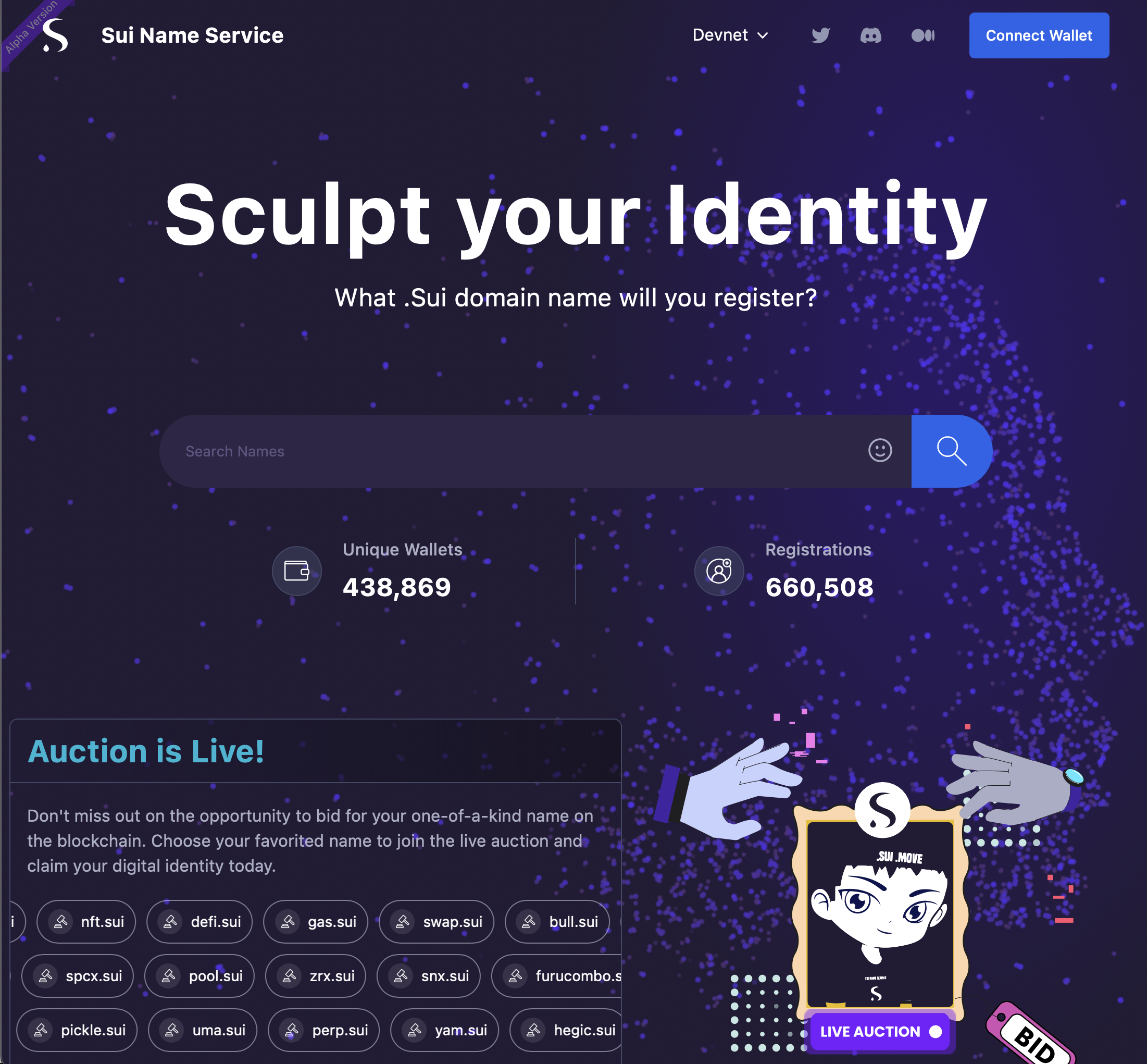Development process
Please provide details of your process and the way you like to run projects. Do you use an Agile or iterative system - will we see regular releases throughout development?. Do you like to communicate via email, phone, IM? Do you have an issue tracker that you use with clients? Do you have weekly status meetings with clients? Do you send status reports every few days? Do you provide one point of contact? How do you handle change requests? Whenever we have the option, we develop using eXtreme Programming methodologies. Pivotal Tracker (http://Pivotaltracker.com) manages our tasks, progress, client interaction, and bugs, chores, and issues. We ask clients to provide at least 4 hours per week of time from a business or product manager who understands the product, how it should work from a user perspective, and most importantly is able to make business decisions about priorities. We work with that person on a daily or at least once weekly basis. We typically do not use one point of contact, although one developer could be designated as such. Typically, all developers, or at least each pair, interact with the client product manager on a regular basis, primarily through Pivotal Tracker. Our eXtreme Programming methodology involves Test Driven Development (TDD), paired programming (See Wikipedia, other discussions on this site), and weekly emergent iterations implementing prioritized features. We work with a (client) product or business manager to break up a product into relatively small user stories and features which we estimate time to deliver on (trivial to a full day of work). The client then chooses priorities by dragging and dropping these into our work queue in our Pivotal Tracker project managment software, which we implement on a strict priority basis. As work is done, the client sees "accept/reject" reject buttons on features, driving their role of deciding if the feature has met business objectives. Other tasks are also managed through this process, including chores and bugs. As work is done, a velocity is calculated using actual relationships between estimation and actual completion time, and all future work is automatically forecasted out using these current actual measurements. We attempt to make a release-ready version of an application every week or two. Development proceeds such that a release is a business decision and not an engineering one. Typically, clients see live functionality created on a daily basis. Similarly, completion of a project is a business decision not an engineering one. Because we implement features from most important to least important, all the highest value and business critical features are done first. Over time each iteration should add less value than previous ones (except when innovation takes place during development, which does happen frequently). At some point, there might be nothing left to do, or we may be done from a business perspective when all the features that add strong business value have been done, and only marginal ideas or features remain in the "icebox" of tasks. Changes requests are trivial in our agile methodology (on a time-and-materials contract). A client need just drag an unstarted feature in Pivotal Tracker from one location to another to change when it is done. Or a new one can be thrown into the icebox, our engineers asked to estimated it, and then the client can drag it to any point in the future to have it executed. All time estimates and release schedules are recalculated in realtime using actual performance measurements. In a fixed-bid contract the change request process could work much the same way: a client could add anything they wanted to the "icebox" of ideas, ask us to estimate it (minor, half day, full day). However, some sort of written agreement or notification would be needed before dragging a new feature into the project. And similarly, some sort of written agreement or notification would be needed before removing a feature (and getting credit for that). The agreement/notification process would need to be defined in a contract. We do sent daily progress reports, but much of our discussions and information get exchanged within Pivotal Tracker. We augment this with conference calls, email, and IM and screen sharing. Progress monitoring also take place using automatically generated graphs: release burn down, current iteration burn-up, velocity, story-breakdown (feature/bug/chore).
736
Share this
Leave a comment
There are no comments about this article, let us know what you think?















